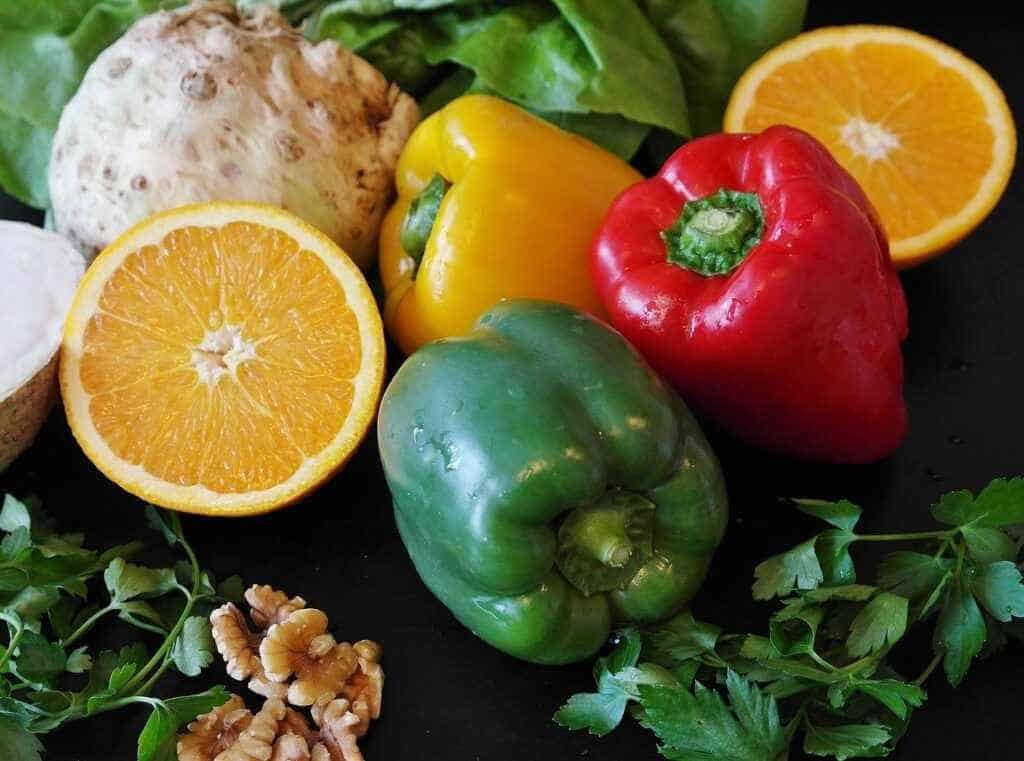A diagnosis of prediabetes might be frightening. The most common cause of this illness is insulin resistance, which results in unusually high blood sugar (glucose). This is a condition in which the body fails to appropriately utilize insulin. It’s frequently a harbinger of type 2 diabetes.

People who have prediabetes are more likely to develop type 2 diabetes. You may be at risk for cardiovascular disease if you have prediabetes. A diagnosis of prediabetes, on the other hand, does not guarantee that you will develop type 2 diabetes. The aim is to bring your blood sugar out of the prediabetes range as soon as possible. Your nutrition is crucial, and you must know what items to eat.
Proper diet for pre-diabetes
There are several variables that raise your chances of developing prediabetes. Genetics can play a role, especially if you have a family history of diabetes. Other factors, on the other hand, play a significant impact in the progression of the disease. Other risk factors include inactivity and being overweight. Because insulin can’t easily transfer sugar into your cells, sugar from food builds up in your bloodstream in prediabetes.
People think of carbs as the cause of prediabetes, although blood sugar is influenced by the amount and kind of carbohydrates ingested in a meal. Higher blood sugar spikes can be caused by a diet high in refined and processed carbohydrates that break down fast. The body has a hard time decreasing blood sugar levels after meals for most persons with prediabetes.
When you consume more calories than your body requires, the excess calories are stored as fat. You may gain weight as a result of this. Insulin resistance is connected to body fat, particularly around the abdomen. This helps to explain why so many people with prediabetes are also obese.
Eat healthy live healthy
The glycemic index (GI) is a measure that can help you figure out how a certain item will influence your blood sugar levels. Foods with a high GI will cause your blood sugar to rise more quickly. Diets that are lower on the scale have less impact on blood sugar spikes. Foods having a high fiber content have a low GI. Processed, refined, and devoid of fiber and nutrients foods have a high GI score.
Refined carbohydrates have a high GI. These are grain-based foods that break down fast in the stomach. White bread, russet potatoes, and white rice, as well as soda and juice, are examples. If you have prediabetes, try to avoid these foods as much as possible. Foods with a GI of a medium are safe to eat. Whole-wheat bread and brown rice are two examples. They’re still not as good as meals with a lower GI.
Fiber also has a number of advantages. It makes you feel fuller and lasts longer. Fiber provides bulk to your diet, making it simpler to pass bowel motions. Consuming fiber-rich meals can help you avoid overeating. They also assist you in avoiding the crash that might occur after consuming a high-sugar meal. These meals might give you a large surge of energy, but they can also leave you fatigued quickly. It is important that you consume a proper diet for pre-diabetes so that your condition do not deteriorate.





